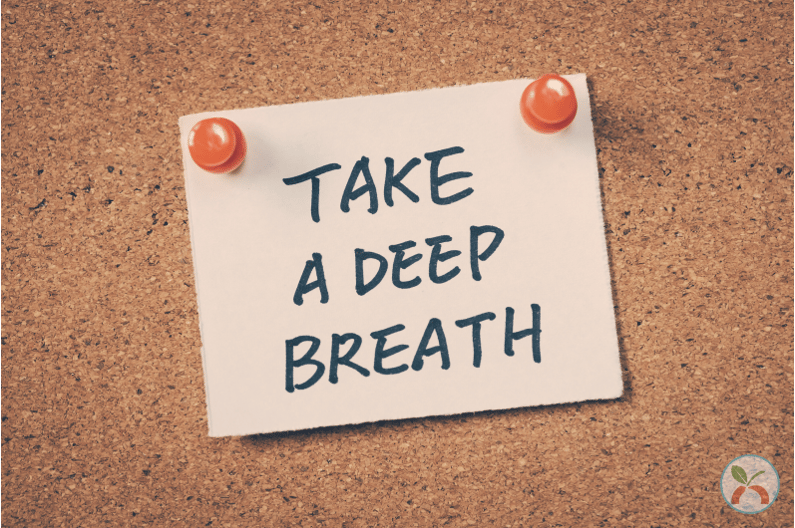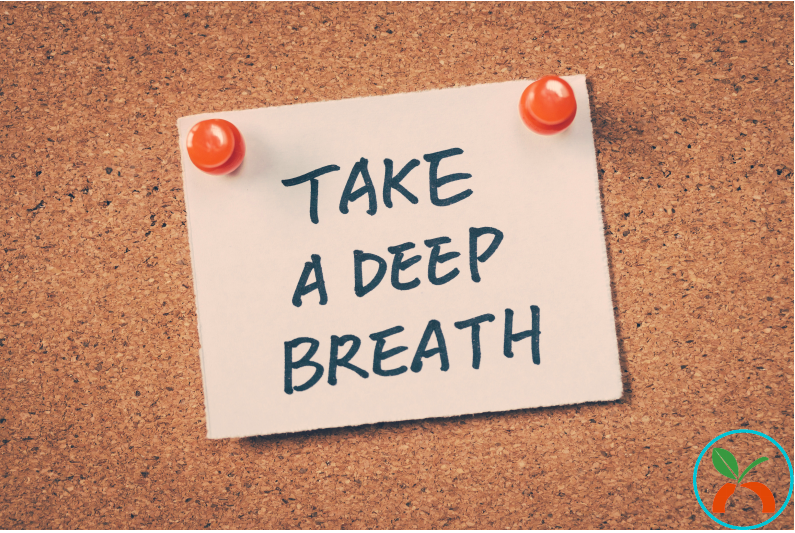After reviewing their Health Risk Assessment (HRA) results, it’s likely that members of your population will be interested in boosting their wellness. For some, the improvements they need to make may necessitate an overhaul of their diet, a commitment to regular exercise, or even being put under the routine care of a physician. But others may be able to make smaller changes that could have large impacts.

As someone with a vested interest in your population’s health, it may make sense for you to provide them with easily accessible resources that will give them tips on how to make easy changes with a lasting impact. While these tips shouldn’t be provided in place of medical advice (although they should certainly reference verified research), they would be an excellent way to give your population a few easy starting points. Also, having these tips and resources available to your population from the start may mean that their HRA results are actually trending in a positive direction.
Here are three ways you can improve the wellness of your members.
1. Provide Resources on the Benefits of Stress Management
Stress can have a myriad of effects on a person’s overall health – from knocking down their immune system to raising blood pressure to causing flare-ups of anxiety and depression. In fact, managing stress is one of the best things anyone – even those in tip-top shape – can do for their overall health.
For this reason, we recommend arming your members with a few easy tips on lowering stress and improving mental health. These tips could range from how to practice deep breathing or mindfulness so they can regain calm during a tense moment to lifestyle changes, such as taking a walk or reducing caffeine intake, so they can lower overall stress.
2. Encourage Management/HR to Avoid Competitions
For various reasons, many groups embark on competitions in an effort to aid healthfulness. But this approach isn’t always healthy.
Oftentimes the organizers think that they’re on track to help their group lose weight or get in shape. But they can often lead to unhealthy habits, especially in situations where people may feel pressured to participate and win (such as an office environment).
For example, if it’s a “Biggest Loser” competition, people may adopt unhealthy eating habits to lose weight quickly. Similarly, if it’s a challenge to see who can get the most steps in every day, they may jump right into an exercise program that their body isn’t ready for, leading to injuries rather than positive results.
It should also be noted that these types of competitions simply aren’t ideal for a workplace, or any situation where someone feels pressured by a peer or superior to join in. It can be difficult enough to manage interpersonal dynamics in an office setting without making employees feel like they’re being judged on anything other than their work performance. And when people begin categorizing normal behaviors into “good” or “bad” groups, it can lead to unhealthy – and quite detrimental – thinking.
There are better ways to achieve wellness:
- Ask management/HR to make it easier to eat healthy foods by only stocking healthy drinks and snacks in vending machines and break rooms.
- Promote stand-up desks to employees who want them.
- Encourage walking meetings.
- Expect C-suite executives to model healthy behaviors from the top down.
3. Provide Resources About the Importance of Taking Breaks
Whether it’s lunch breaks, sick days, or Paid Time Off (PTO), your members should be encouraged to take the breaks that are part of their compensation package.
People often fall into the trap of thinking that in order to get ahead, they’ve got to work through lunch, show up when they’re sick, and take minimal vacation time. Some people may be able to keep that up for a while, but it’s almost guaranteed to ultimately cause an unhealthy situation.
Here are some scenarios:
Sitting for hours upon hours at a desk and eating only a granola bar for lunch isn’t healthy for a number of reasons. “Fighting through” a cold will just lead to an illness that lasts longer and potentially develops into something more severe (not to mention the fact that it gets other people sick). And never taking PTO, as honorable as it may seem, will just lead to burn out that can have negative physical and mental effects.
Of course, at the end of the day, it’s up to the individuals to take the proper steps and their specific employers or healthcare practitioners to put processes in place. By providing your population with resources and tips, however, you’ll be able to help them make small, easy changes to their habits that could have lasting positive effects down the line.
Interested in learning more about how Wellsource’s Health Risk Assessments can help your population get a grasp on their health status to start making healthy decisions? Download our whitepaper, Ultimate Guide to Health Risk Assessments, today.








